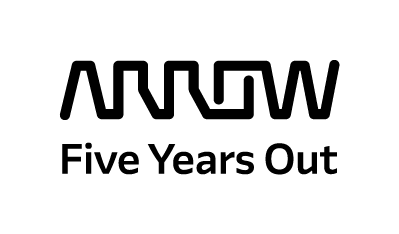1.5 Tons of Water
By Carol Baroudi
I’ve talked about the embedded energy in electronics – the energy used to create or manufacture a product. I’ve talked about the rare earth minerals and the other mined materials that go into electronics. But I’ve yet to talk about the water.
According to the National Resources Defense Council, in addition to the more than 500 pounds of fossil fuels and nearly 50 pounds of chemicals it uses, making a single computer uses 1.5 tons of water. That’s about 360 gallons, or 48 cubic feet if you want to get a sense of the volume. For one computer. With more than 2 billion devices produced each year, well, let’s just say that much water would be really welcome in California.
But there’s even more to the water story when it comes to electronics. Semiconductor materials – materials that have an electrical conductivity value falling between that of a conductor, such as copper, and an insulator, such as glass – are known as the building blocks of electronics. According to water resources engineer Simon Dagher, “The semiconductor industry spends around $1 billion every year on water and wastewater systems. Much of it goes into UPW [ultrapure water] production from influent city water. A fab [semiconductor fabrication plant] may use between 2 [million and] 4 million gallons of UPW every day, which is approximately equivalent to the water use of a city with a population of 40 [thousand] to 50 thousand.” Dagher points out that “industry statistics indicate that creating an integrated circuit on a 300 mm wafer requires approximately 2,200 gallons of water in total, of which 1,500 gallons [are] ultrapure water.
So water conservation is another good reason to extend the life of still-useful electronics. And it’s why when we report the environmental benefits of our services to our customers, we include the water savings. If you’d like to better understand the environmental impacts of the choices you’re making for your electronics at end of life, drop me a line at cbaroudi@arrow.com.
Carol Baroudi works for Arrow’s Value Recovery business, promoting sustainability awareness and action. Her particular focus is on electronics at the IT asset disposition stage, e-waste, and everything connected. Follow her on Twitter @carol_baroudi and connect with her on LinkedIn at www.linkedin.com/in/carolbaroudi.



